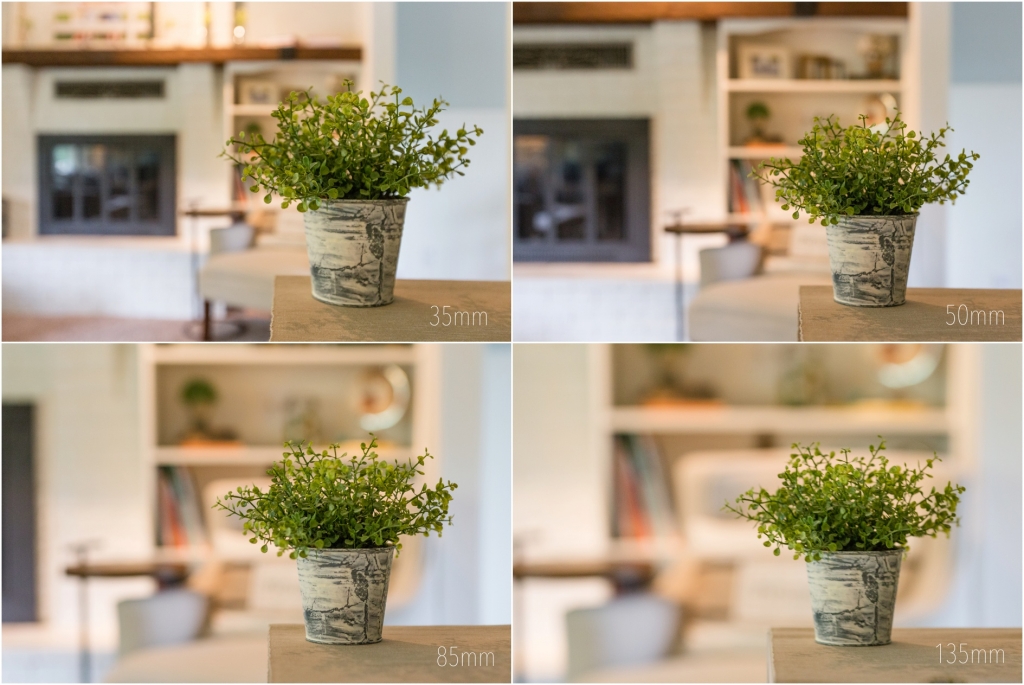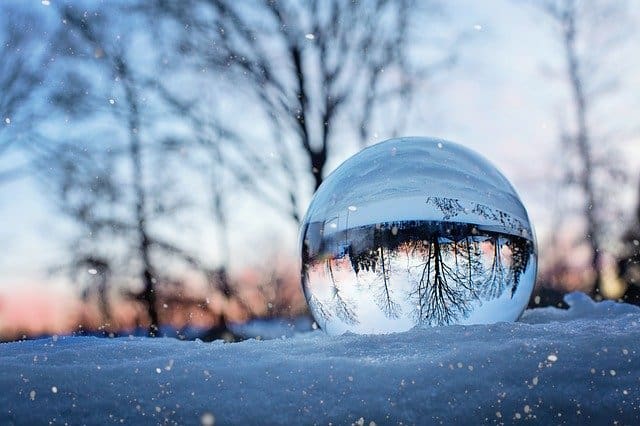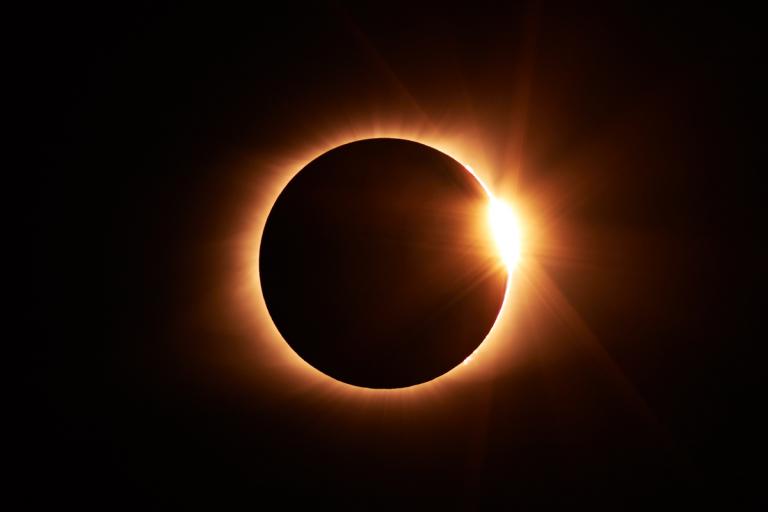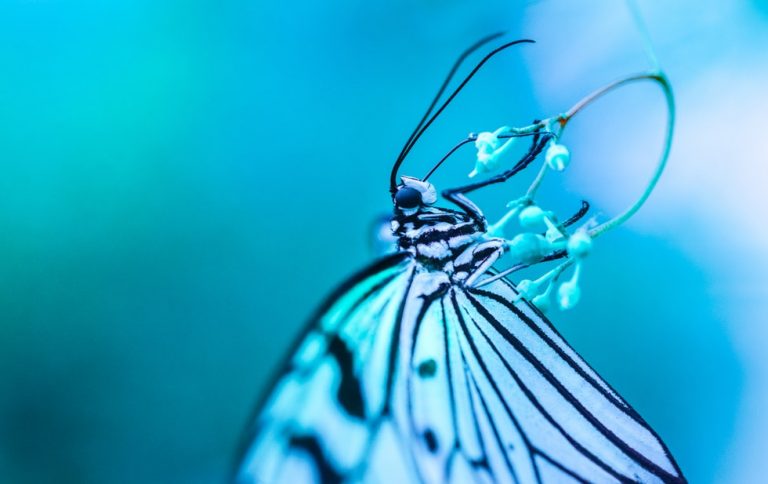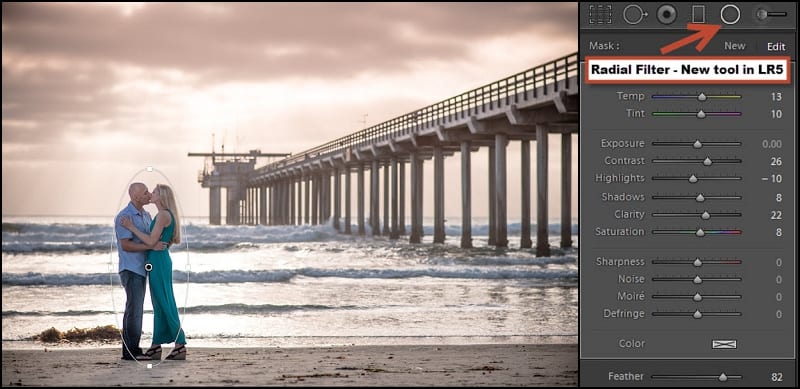Do you get confused when photographers start talking about depth of field, bokeh and compression? You’re not alone! So…what’s the difference?
We talked recently about some tried and true methods to get that envy-worthy background blur in your photos, and since then I have seen a lot of the same questions popping up. Achieving background blur is based on a variety of factors. With so much at play, it can get a little confusing how each of those factors are different and how they work together. So today we are going to unpack it for you. We are going to simplify background blur and talk about the three main elements: Depth of Field, Bokeh and Compression. People often mistakenly interchange these terms, but they aren’t the same things!
By breaking these down, you will get a better understanding of how to use your gear and your environment to get the type of photos you are looking for. Here is how each of these can help you achieve that gorgeous blur.
[ad id=4]
Depth of Field
The term depth of field refers to how much is in focus in front of and behind your subject. This is essentially how deep or how narrow your focal plane is. When your focal plane is very narrow (achieved by shooting at a wide aperture, like f/2.0, you can achieve more blur in front of and behind your subject. Conversely, if you’re shooting at a narrow aperture, like f/7.0, you’ll notice that both your subject and background will appear more crisp.
The images below demonstrate how your aperture and depth of field are connected. In each image, the focus point was the purple car, and each shot was taken at a different aperture. You can see the focal plane by paying attention to the focus of the cars and pattern in the rug. When the aperture is wider (lower number), the focal plane is smaller, also called a shallow depth of field. You can see that there is more blur both in front of and behind the subject being focused on. Observe how this changes with the different apertures.
Bokeh
The word bokeh originated from the Japanese word “boke,” which means blur or haze. According to Wikipedia, bokeh “is the aesthetic quality of the blur produced in the out of focus parts of an image produced by a lens… and has been defined as the way the lens renders out of focus points of light.” So bokeh refers to the quality of the blur achieved by a narrow depth of field. Take a look at the comparison below. The first image was shot with an aperture of 5.0, and the second at 1.4. Notice how the quality of the bokeh in the background improves with the smaller f-stop (more open aperture).
The amount of bokeh you want varies completely on your style and what look are you trying to achieve. Say you’re shooting an engagement session and want a vast landscape shot with the couple appearing small in your frame. If you want the mountains in the background to be clear in the photo, you’ll want to narrow your aperture to f/8.0+. If you want that gorgeous bokeh, choose a wide aperture of f/2.0!
Compression
What about compression, then? Have you seen that word thrown around and wondered what on earth it means, or how it’s different from bokeh and depth of field? Compression is a phenomenon produced by telephoto lenses in which the background seems to be flattened and pulled closer to a subject, or compressed. Compression can have a huge impact on your bokeh, giving it a really smooth, creamy effect. Compare the examples below. These images were all taken at f/3.2, but at different focal lengths. Notice that as the field of view is smaller, the background appears to be pulled in, rendering a soft, buttery look. You can see in these examples that the 35mm lens produces much less compression than the 135mm!
Don’t Leave Without Signing Up for Our FREE Lightroom Webinar!
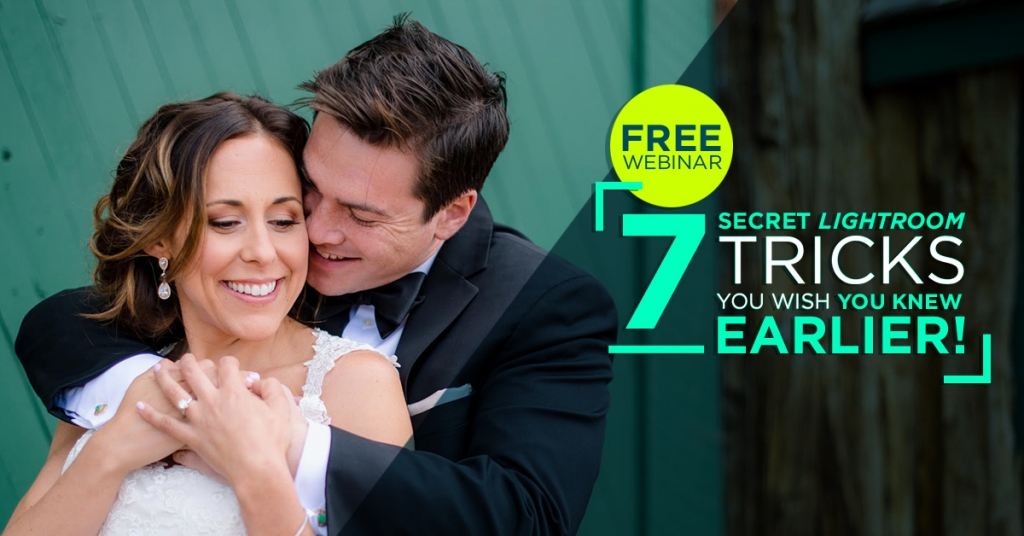
So here’s a recap: Your Depth of Field is determined by how narrow your focal plane is, and a narrow focal plane will produce more blur in front of and behind your subject. The quality of that blur is called Bokeh. And Compression is the phenomenon that pulls your background in close and smooths out the bokeh even more.
If you’re wanting to know more about how to achieve that awesome background blur in your photos, don’t forget to check out this free tutorial.
https://youtu.be/ks_zsXnw3MA




